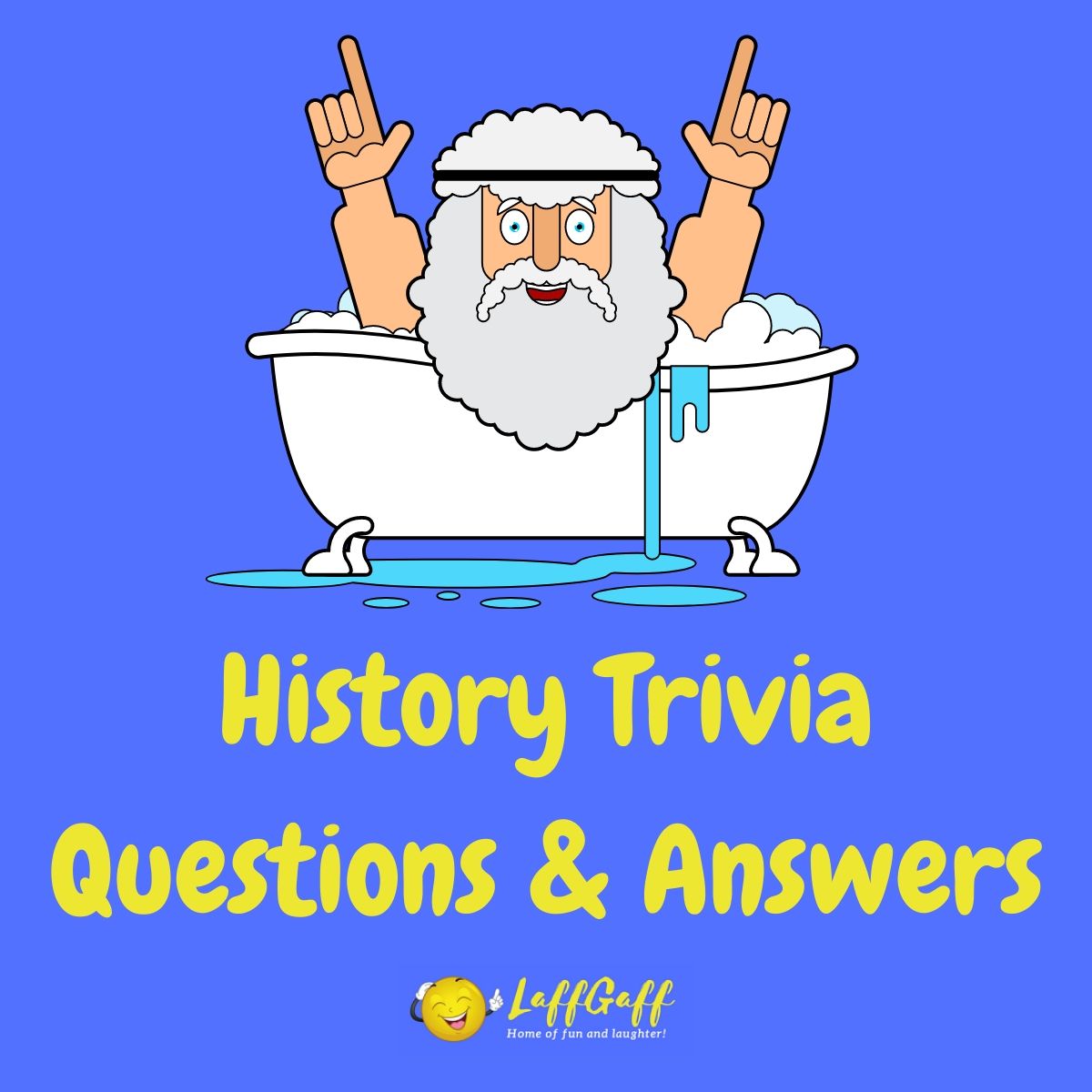Question: What is the fifth planet from the Sun?
Show answer
Jupiter.
Jupiter, the fifth planet from the Sun, is the largest in our Solar System and is one of the most fascinating celestial bodies known to us. It is a gas giant, primarily composed of hydrogen and helium, with no solid surface as we find on terrestrial planets like Earth. Jupiter’s most striking features and its role in the Solar System make it a subject of great interest in astronomical studies.
One of the most distinctive features of Jupiter is its Great Red Spot, a gigantic storm larger than the Earth that has been raging for at least 400 years, since its discovery in the 17th century. This storm is a high-pressure region whose swirling pattern of clouds offers a mesmerizing view. The planet’s atmosphere also displays a series of colored bands, parallel to the equator, caused by the planet’s rapid rotation and the dynamics of its atmosphere.
Jupiter’s size is monumental – it is so massive that it weighs two and a half times the mass of all the other planets in the Solar System combined. Its immense gravitational influence has significant effects on the orbital dynamics of the Solar System. It is often described as a ‘failed star’ because, while it has the same basic composition as a star, it did not gain enough mass to ignite nuclear fusion in its core.
The planet also has a powerful magnetic field, much stronger than Earth’s, which traps charged particles and creates intense radiation belts. This magnetic field is responsible for bright auroras around the planet’s poles, similar to the northern and southern lights on Earth.
Jupiter has a large retinue of moons, with 79 known satellites as of my last update in 2021. The four largest moons – Io, Europa, Ganymede, and Callisto – were discovered by Galileo Galilei in 1610 and are known as the Galilean moons. These moons are fascinating worlds in their own right. Io is the most volcanically active body in the Solar System, Europa is believed to have a subsurface ocean that might harbor life, Ganymede is the largest moon in the Solar System and has its own magnetic field, and Callisto is heavily cratered and geologically ancient.
Jupiter’s role in the Solar System extends beyond its physical characteristics. It plays a crucial role in protecting the inner planets from frequent asteroid impacts. Its gravity acts as a giant vacuum cleaner, capturing or diverting many comets and asteroids that might otherwise threaten Earth and the inner planets.
You may also like:






